GADOPENTETIC ACID
Synonym(s):Gadopentetic acid
- CAS NO.:80529-93-7
- Empirical Formula: C14H20GdN3O10
- Molecular Weight: 547.57
- MDL number: MFCD02091695
- EINECS: 1592732-453-0
- SAFETY DATA SHEET (SDS)
- Update Date: 2024-11-19 20:33:22
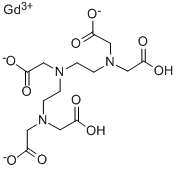
What is GADOPENTETIC ACID?
Chemical properties
white powder
The Uses of GADOPENTETIC ACID
Diagnostic aid.
The Uses of GADOPENTETIC ACID
Gadopentetic Acid is a magnetic resonance contrast agent being used to develop a new platform for the delivery of therapeutic and imaging agents simultaneously to the colon.
Background
A complex of gadolinium with a chelating agent, diethylenetriamine penta-acetic acid (DTPA see pentetic acid), that is given to enhance the image in cranial and spinal MRIs. (From Martindale, The Extra Pharmacopoeia, 30th ed, p706)
Indications
For use with magnetic resonance imaging (MRI) in adults, and pediatric patients (2 years of age and older) to visualize lesions with abnormal vascularity in the brain (intracranial lesions), spine and associated tissues as well as lesions with abnormal vascularity in the head and neck. Also used to facilitate the visualization of lesions with abnormal vascularity in the body (excluding the heart).
Definition
ChEBI: Gadopentetate is a gadolinium coordination entity. It has a role as a MRI contrast agent.
brand name
Magnevist (Berlex).
Metabolism
No detectable biotransformation or decomposition.
Properties of GADOPENTETIC ACID
| Melting point: | 129 °C (dec.)(lit.) |
| storage temp. | Room Temperature |
| solubility | Water (Slightly) |
| form | Solid |
| color | White |
Safety information for GADOPENTETIC ACID
| Signal word | Warning |
| Pictogram(s) |
 Exclamation Mark Irritant GHS07 |
| GHS Hazard Statements |
H315:Skin corrosion/irritation H319:Serious eye damage/eye irritation H335:Specific target organ toxicity, single exposure;Respiratory tract irritation |
| Precautionary Statement Codes |
P261:Avoid breathing dust/fume/gas/mist/vapours/spray. P264:Wash hands thoroughly after handling. P264:Wash skin thouroughly after handling. P271:Use only outdoors or in a well-ventilated area. P280:Wear protective gloves/protective clothing/eye protection/face protection. P302+P352:IF ON SKIN: wash with plenty of soap and water. P305+P351+P338:IF IN EYES: Rinse cautiously with water for several minutes. Remove contact lenses, if present and easy to do. Continuerinsing. |
Computed Descriptors for GADOPENTETIC ACID
GADOPENTETIC ACID manufacturer
New Products
Tert-butyl bis(2-chloroethyl)carbamate (S)-3-Aminobutanenitrile hydrochloride N-Boc-D-alaninol N-BOC-D/L-ALANINOL N-octanoyl benzotriazole 4-Hydrazinobenzoic acid 3,4-Dibenzyloxybenzaldehyde 1,1’-CARBONYLDIIMIDAZOLE R-2-BENZYLOXY PROPIONIC ACID 1,1’-CARBONYLDI (1,2-4 TRIAZOLE) 4-HYDROXY BENZYL ALCOHOL 3-NITRO-2-METHYL ANILINE (2-Hydroxyphenyl)acetonitrile 4-Bromopyrazole 5-BROMO-2CYANO PYRIDINE 5,6-Dimethoxyindanone 5-broMo-2-chloro-N-cyclopentylpyriMidin-4-aMine 4-methoxy-3,5-dinitropyridine 2-(Cyanocyclohexyl)acetic acid 2-aminopropyl benzoate hydrochloride 1-(4-(aminomethyl)benzyl)urea hydrochloride tert-butyl 4- (ureidomethyl)benzylcarbamate diethyl 2-(2-((tertbutoxycarbonyl)amino) ethyl)malonate Ethyl-2-chloro((4-methoxyphenyl)hydrazono)acetateRelated products of tetrahydrofuran
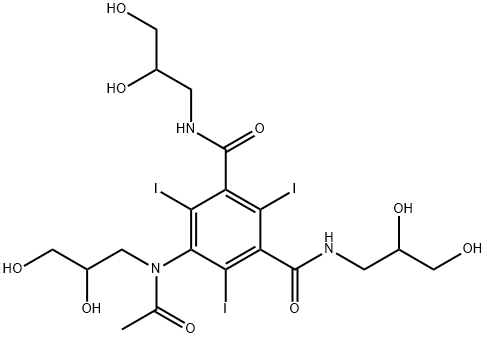
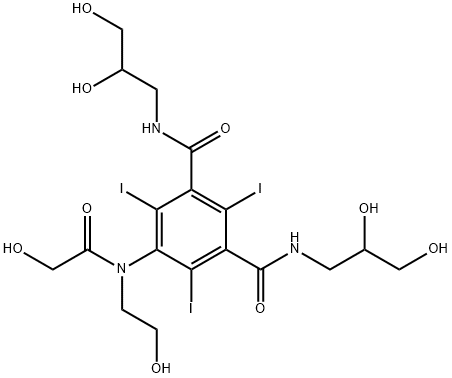
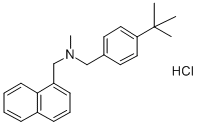

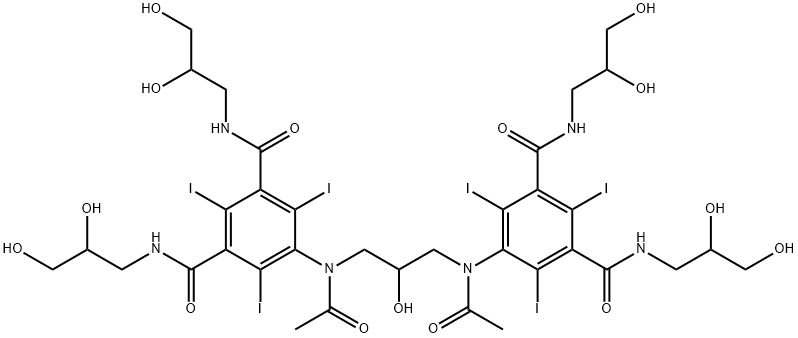

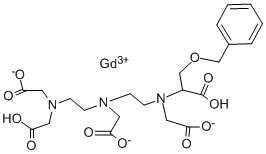

You may like
-
 80529-93-7 Gadopentatic Acid 99%View Details
80529-93-7 Gadopentatic Acid 99%View Details
80529-93-7 -
 80529-93-7 98%View Details
80529-93-7 98%View Details
80529-93-7 -
 Diethylenetriaminepentaacetic acid gadolinium(III) dihydrogen salt hydrate CASView Details
Diethylenetriaminepentaacetic acid gadolinium(III) dihydrogen salt hydrate CASView Details -
 55441-95-7 99%View Details
55441-95-7 99%View Details
55441-95-7 -
 N-Vinylformamide 99%View Details
N-Vinylformamide 99%View Details
13162-05-5 -
 Chloro Uracil 1820-81-1 99%View Details
Chloro Uracil 1820-81-1 99%View Details
1820-81-1 -
 2-ethyl-6-methyl-3-hydroxypyridine succinate 99%View Details
2-ethyl-6-methyl-3-hydroxypyridine succinate 99%View Details
127464-43-1 -
 2-ETHYLPYRIDINE 100-71-0 99%View Details
2-ETHYLPYRIDINE 100-71-0 99%View Details
100-71-0